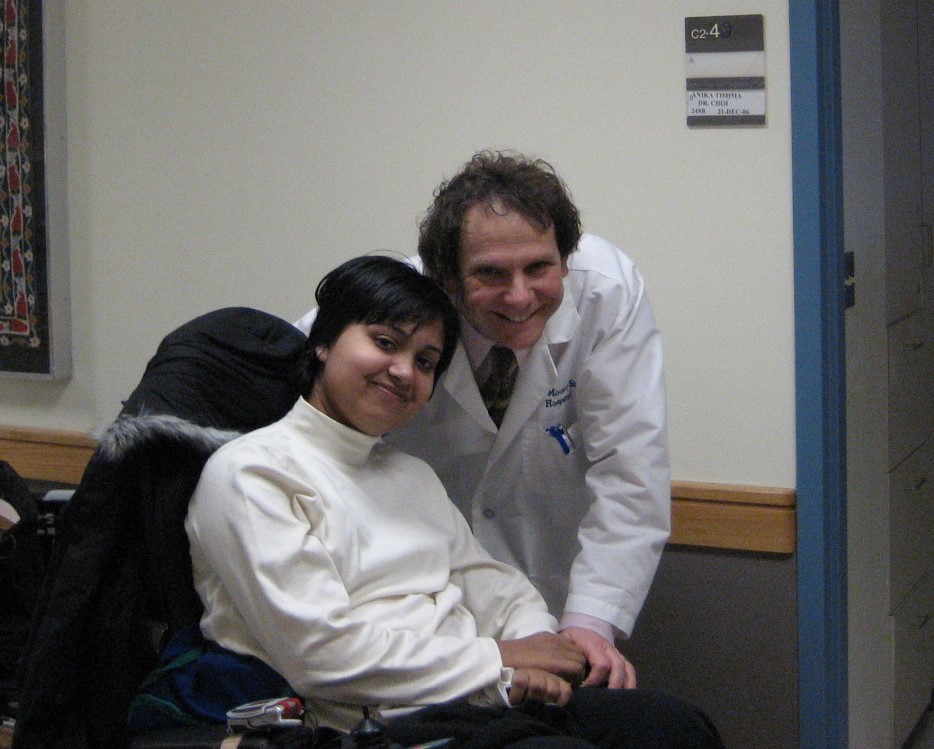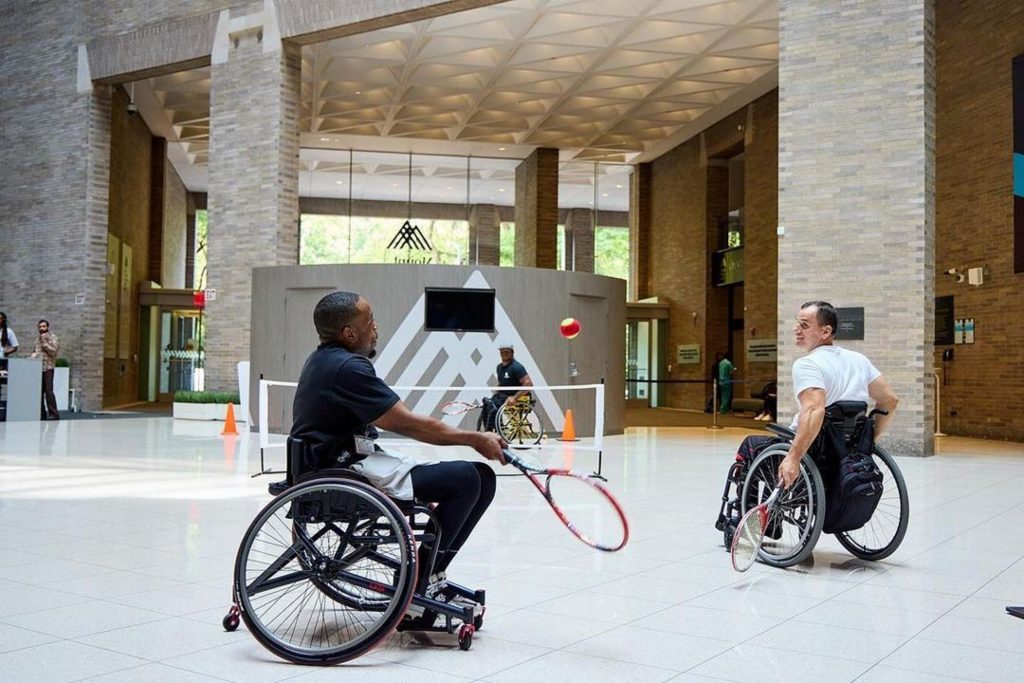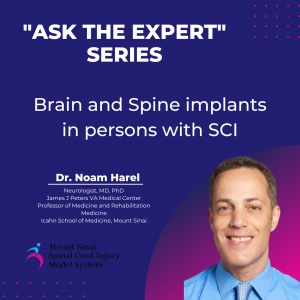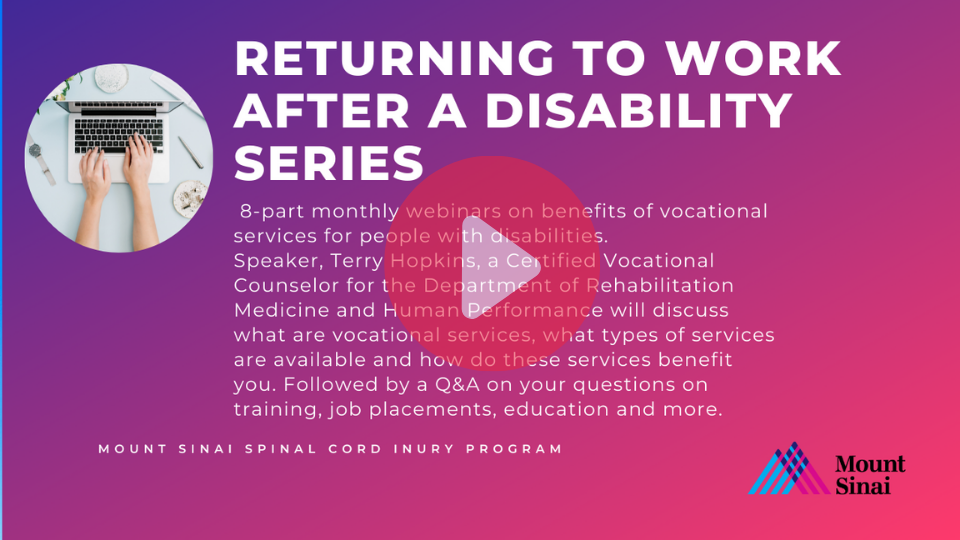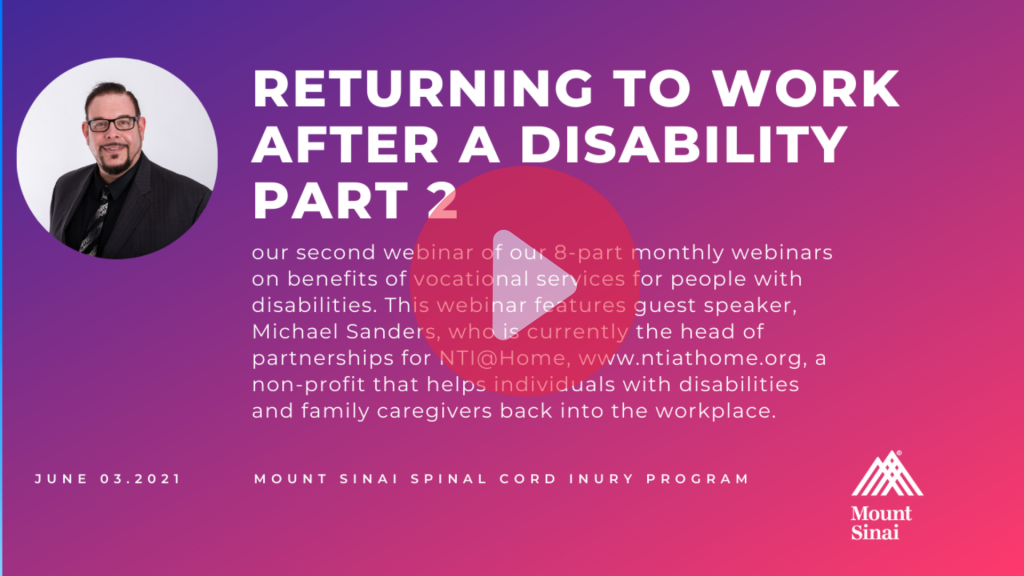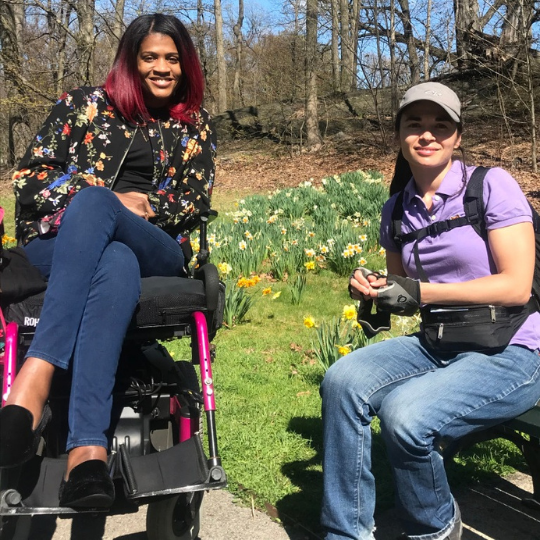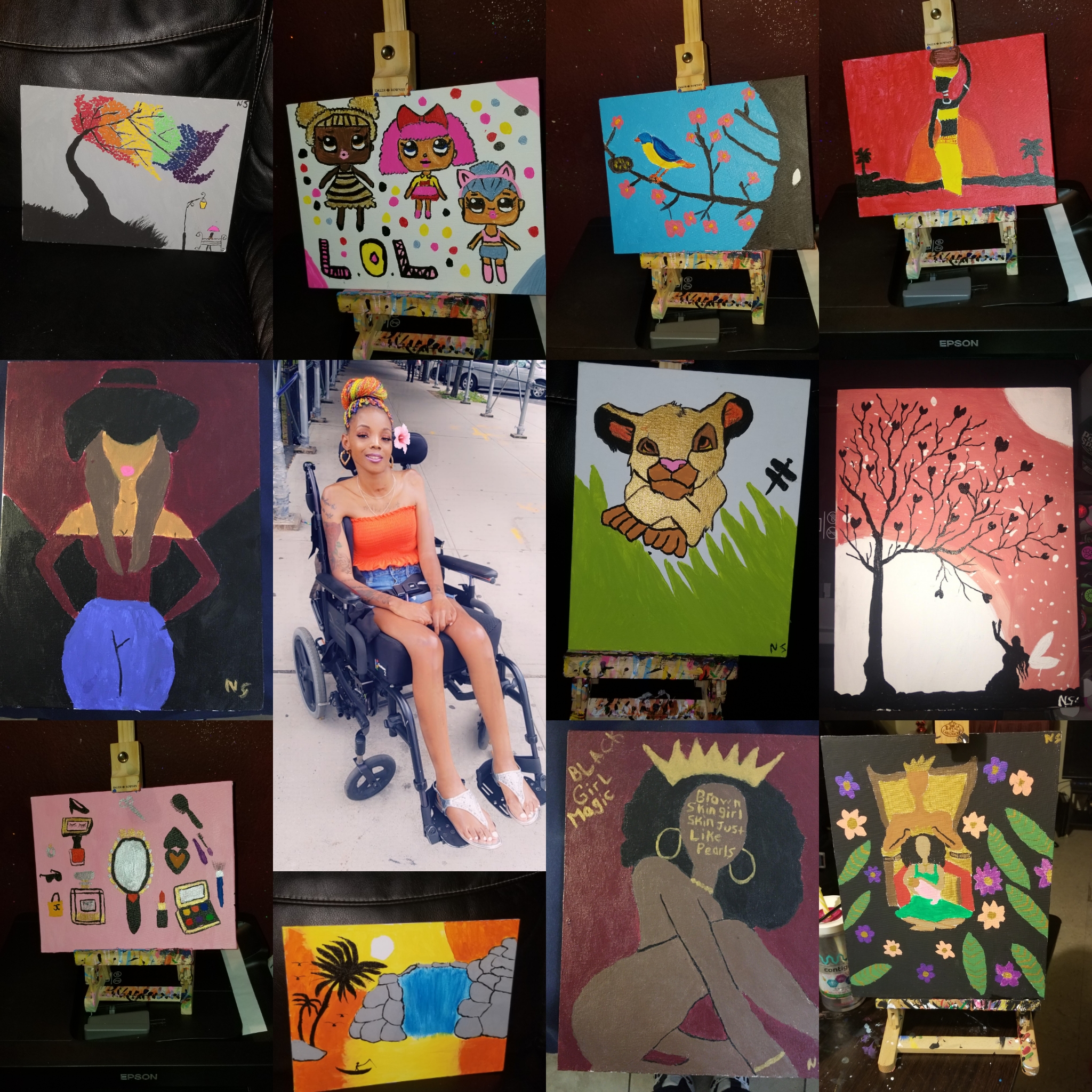← Back to SCI Member Spotlight
Farzana Ali
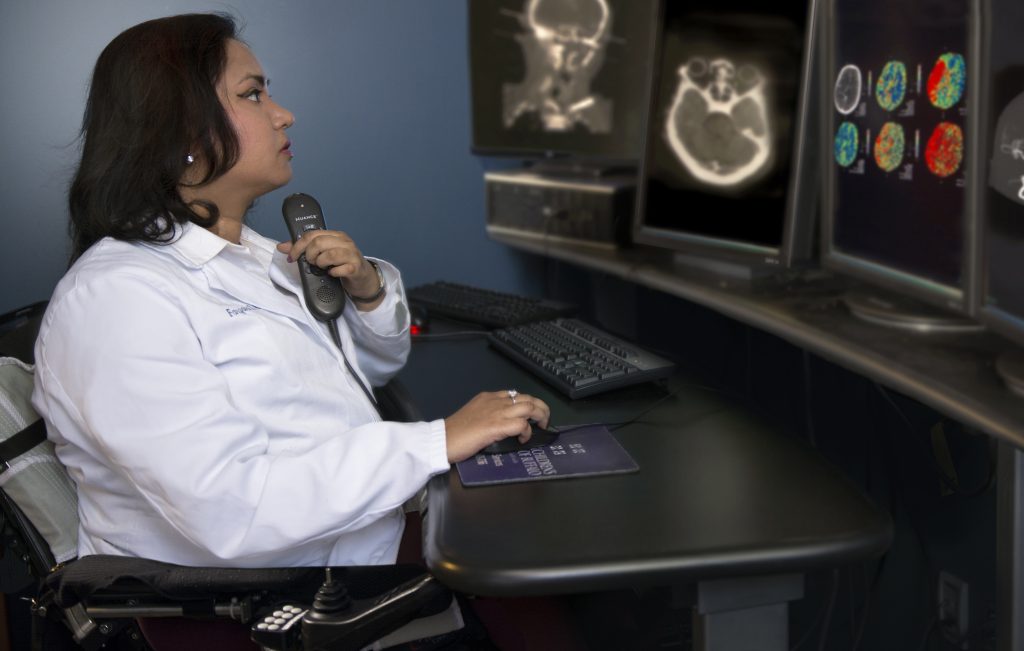
14 years ago Farzana Ali was a full time student planning her future vacations with her sister when she and her family were hit by a drunk driver and she sustained a spinal cord injury. Her sister and aunt did not survive the accident. And just like that, she lost her best friend, her sister, without even having a chance to say goodbye. Farzana was transferred to Mount Sinai Rehab and completed her inpatient rehabilitation. Although Farzana had many challenging obstacles ahead, she did not let her limitations define her. Farzana dream was to become a doctor, she completed medical degree and is now completing her doctoral degree in biomedical engineering and plans to pursue a career in diagnostic radiology. This past month we were fortunate to reconnect with Farzana and talk about her life post-injury.
What do you most remember about your time at Mount Sinai Rehab?
During the most painful time of my life, I was blessed to be at Mount Sinai for acute rehab, where I found my new family. Everyone I met at the hospital treated me with kindness, and encouraged me to do my best in rehab and daily activities. We always had fun events run and organized by Jim and Angela. My most memorable time was the Valentine’s Day, when I woke up surprised by a teddy bear from my therapists, Kate and Liron. Then, Beth helped me make a pink heart with a pipe cleaner for Dr. Stein. He was very appreciative of my craft, and that made me really happy!
Following rehab, how were you able to transition back into the community?
I was eager to return home to my family. But I was transferred to a nursing home in Queens, due to lack of insurance coverage for necessary home services. Jim and other Mount Sinai personnel helped me obtain ramps to make our apartment more accessible. The hardest part of my transition to community was learning the proper way to take care of my healthcare needs. I had to go through many trials and errors and unforeseen circumstances to gradually develop a care plan that works best for me. My best memories of this time were the phone calls and emails I received from my family members and friends from Mount Sinai. I was going through many health complications and adjustment difficulties at that time. But knowing that so many people cared about me, made that tough transition more bearable.
How did you become interested in Medicine?
From my childhood, I admired doctors for the amount of work they put in to take care of patients. As I studied biology in school, I became more fascinated by the human body. I wanted to pursue a career in medicine to learn about current understanding of diseases and advance that through research. But mostly, I loved the aspect of being able to connect with so many people through service.
What are you passionate about now?
I am very passionate about teaching, because it not only enhances my own understanding, but also allows me to pass on the knowledge that was bestowed upon me by my predecessors. It is a privilege to be able to connect with future physicians and scientists, and look at medical problems through their diverse perspectives. I have volunteered to teach since my undergraduate career, and continually seek out opportunities for teaching during my medical school training. I love sharing my enthusiasm with the students, and getting inspired by their intellect and curiosity.
What type of Advocacy work are you involved in?
I am focused on systems advocacy, with a particular interest in access to higher education for individuals with disabilities and access to healthcare for undeserved communities. As a member of the Philanthropy and Community Engagement Committee at the University at Buffalo, I have performed presentations and led educational workshops on disability law and accommodation at the doctoral level studies in medicine and science. I am a past participant of the Empower SCI rehab camp, that I joined after receiving grants from the United Spinal NYC. I have subsequently used their online fundraising platform to raise awareness about the importance of spinal cord injury rehab. In addition, I have conducted educational presentations and workshops on disability rights and disability justice movements during their summer programs. I am equally passionate about health equity, and facilitated discussion on health disparities during the Annual Igniting Hope Conference. I presented ideas to the broader audience on establishing equity and justice in provision of healthcare to the black community.
What advice would you give to others who are recently injured or transitioning back into the community?
I would like to tell individuals who are recently injured or transitioning back into the community to stay focused on their primary goal, whether it is going back to school, getting a job, improving physical strength, or working on relationships. Stay in touch with those who care about you and reach out to those who are knowledgeable about the resources you need to reach your destiny. There may be many obstacles on your way, such as difficulties with housing, transportation, homecare, etc. In time, all these problems will get better or resolved. But the maturity and strength you gain from these experiences will help you become successful and happy! I had to go through many struggles when I moved from Long Island to Buffalo. But if I had not taken that difficult step, I would have missed out on the most fun and fulfilling four years of my life.
Is there anything else you would like to share?
I am truly grateful to the Mount Sinai SCI team for letting me share my story and for their continual support throughout the years. To my readers, thank you for taking the time to patiently read this far. Let us continue to be kind to each other, and show the world that no negative circumstance can keep us from being our best self!
